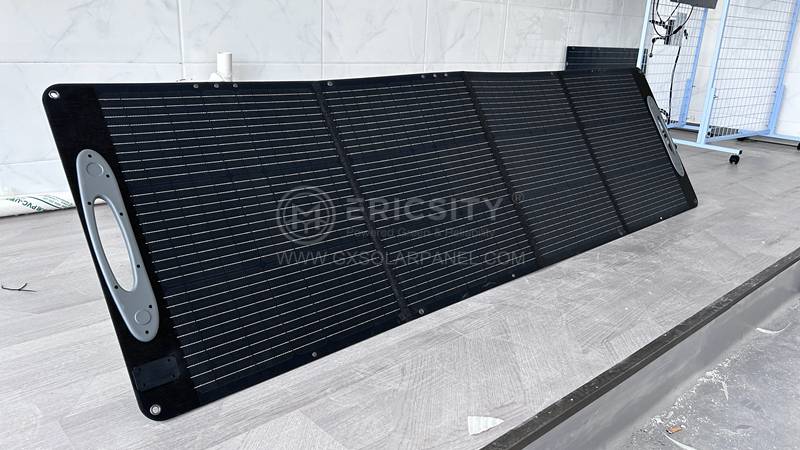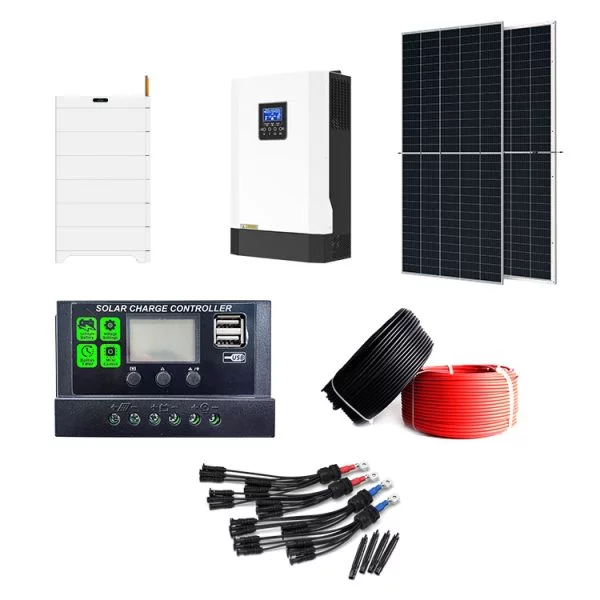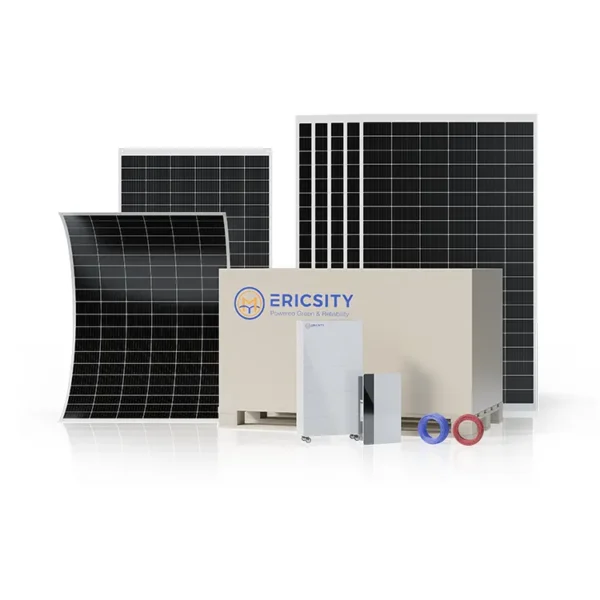HOT PRODUCT
Product Details
amorphous Vs. Crystalline Solar Panels: Which Is Better?
Amorphous Vs. Crystalline Solar Panels: Which Is Better?
Solar energy has emerged as a sustainable and clean source of power in recent years. As the demand for solar panels continues to grow, there are different types of solar panel technologies available, with amorphous and crystalline panels being two major contenders. Both types have their advantages and disadvantages, making it essential to understand the differences to determine which is better suited for specific applications. In this article, we will explore the characteristics, benefits, and drawbacks of amorphous and crystalline solar panels.
Crystalline solar panels, also known as traditional or wafer-based panels, are the most common and widely used type in the industry. They are typically made from silicon, a highly abundant and efficient semiconductor material. Crystalline panels can be further categorized into two types: monocrystalline and polycrystalline. Monocrystalline panels, made from a single crystal structure, tend to be more efficient and expensive. Polycrystalline panels, on the other hand, utilize multiple crystal structures and are relatively less efficient but more cost-effective.


Amorphous solar panels, also referred to as thin-film panels, are made by depositing a thin layer of semiconductor material onto a substrate such as glass, plastic, or metal. Unlike crystalline panels, they do not require a strict and precise manufacturing process, allowing for flexibility in shape and size. Amorphous panels can be easily integrated into various applications, such as building-integrated photovoltaics (BIPV), where solar panels are seamlessly integrated into buildings or construction materials.
When comparing efficiency, crystalline panels have a higher conversion rate compared to amorphous panels. Monocrystalline panels typically range from 15% to 20% efficiency, while polycrystalline panels range from 13% to 16%. In contrast, amorphous panels generally have an efficiency range of 5% to 10%. The lower efficiency of amorphous panels implies that larger surface areas are required to generate the same amount of power as crystalline panels. However, amorphous panels perform better in low-light conditions, making them suitable for areas with less sunlight or where shading is prevalent.
One advantage of amorphous solar panels is their ability to maintain performance under high temperatures. Crystalline panels, particularly monocrystalline ones, tend to experience a decrease in efficiency as the temperature rises. This phenomenon, known as the temperature coefficient, negatively impacts the overall energy output of the panel. Amorphous panels have a lower temperature coefficient, resulting in better performance in warmer climates compared to their crystalline counterparts.


Another factor to consider is the cost of the panels. Crystalline panels are generally more expensive due to the more advanced manufacturing processes involved. However, they are also more efficient, which means that fewer panels are needed to meet the desired energy output. Conversely, amorphous panels are less expensive to produce, largely due to their simpler manufacturing process. However, their lower efficiency requires a larger installation area to achieve the same output, potentially offsetting the initial cost advantage.
Durability is another significant aspect to evaluate. Crystalline panels are known for their robustness and longer lifespan, often exceeding 25 years. Amorphous panels, on the other hand, have a shorter lifespan and require more frequent replacement. However, advancements in technology are continually improving the durability of amorphous panels, making them more competitive in terms of longevity.
In conclusion, the choice between amorphous and crystalline solar panels depends on the specific requirements of the project. Crystalline panels offer higher efficiency and longer lifespan, making them a preferred choice for residential or commercial installations where space is limited. On the other hand, amorphous panels are more versatile, adaptable, and cost-effective, making them ideal for large-scale installations or applications requiring flexibility in shape and size. Ultimately, the decision must take into account factors such as available space, budget, climate conditions, and desired energy output. By carefully evaluating these aspects, one can select the most suitable solar panel technology for their unique needs.




